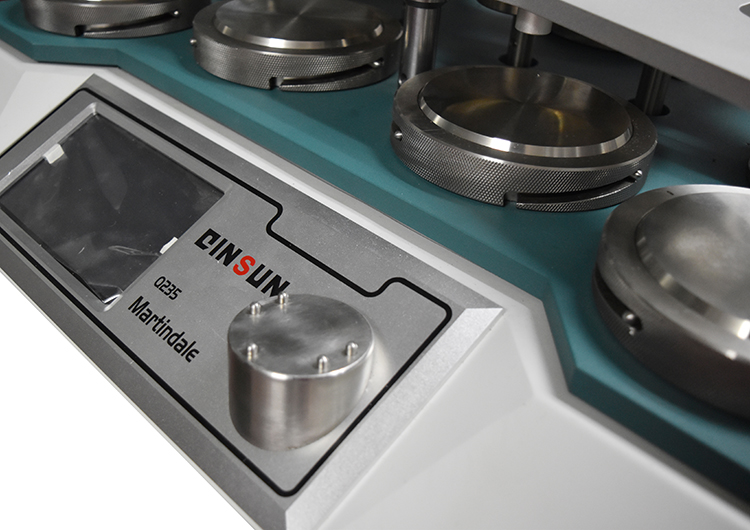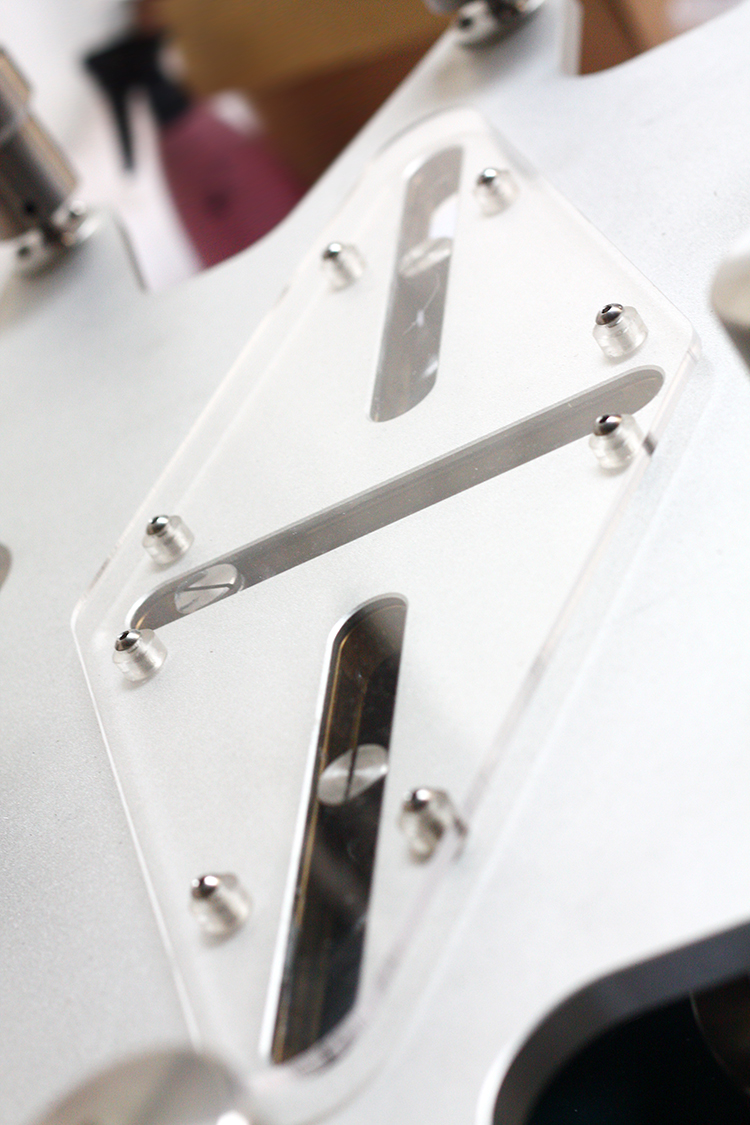
NewsInformation Center
The Martindale method Works Theory
2017/11/15
The Martindale method, also known as the Martindale rub test, simulates natural wear of a seat cover, where the textile sample is rubbed against a standard abrasive surface with a specified force. The test equipment works in intervals of 5000 cycles, totalling the wear number (unit: Martindale) of abrasion cycles that leads to the material being worn to a specified degree. The higher the value, the more resistant the material is to abrasion.

This Martindale method test method covers the determination of the abrasion resistance of textile fabrics. Fabrics of all types may be tested by this method , including woven, non-woven, and knit apparel fabrics, household fabrics, industrial fabrics, and floor coverings, but difficulties may arise with fabrics with a pile depth greater than 2mm. Agreement between laboratories conducting this test is poor, but it is used widely, especially outside the United States.

This Martindale method test method covers the determination of the abrasion resistance of textile fabrics. Fabrics of all types may be tested by this method , including woven, non-woven, and knit apparel fabrics, household fabrics, industrial fabrics, and floor coverings, but difficulties may arise with fabrics with a pile depth greater than 2mm. Agreement between laboratories conducting this test is poor, but it is used widely, especially outside the United States.

The resistance of textile materials to abrasion as measured on a testing machine in the laboratory is generally only one of several factors contributing to wear performance or durability as experienced in the actual use of the material. While "abrasion resistance" and "durability" frequently are related, the relationship varies with different end uses, and different factors may be necessary in any calculation when trying to predict durability based on findings from specific abrasion tests.
Previous: brief introduction to Schopper Abrasion Tester
N e x t : Methods To Evaluate Zipper



